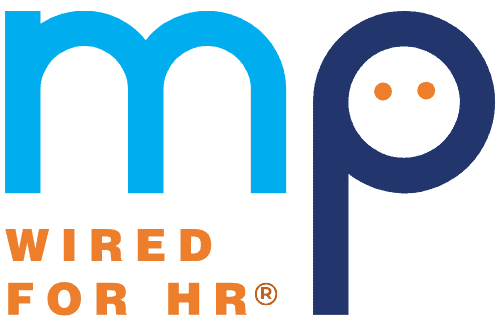
Employers and Unions: Key 2022 Employer Compliance Updates
Employers across the United States and in every industry should be alert to conversations among their employees about union representation, collective bargaining agreements, demands for

Employers across the United States and in every industry should be alert to conversations among their employees about union representation, collective bargaining agreements, demands for

While not the usual timing, many organizations are currently reviewing and updating their employee manual. Generally, employees can expect their human resource department to update

In 2022, employers should prioritize Family Medical Leave Act (FMLA) compliance and FMLA training. The Department of Labor (DOL) is already taking a more aggressive

Employers across every industry are mulling a return to work, but many are choosing to continue to allow their team members to work remotely. Remote

Recruiting in 2022 is challenging for employers across every industry. Employers are also losing their staff at unprecedented rates. However, the labor market will get

In 2022, employers should prioritize Family Medical Leave Act (FMLA) compliance. The Department of Labor (DOL) announced in 2022 (and beyond), it will be increasing
